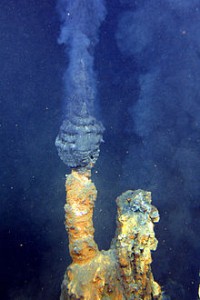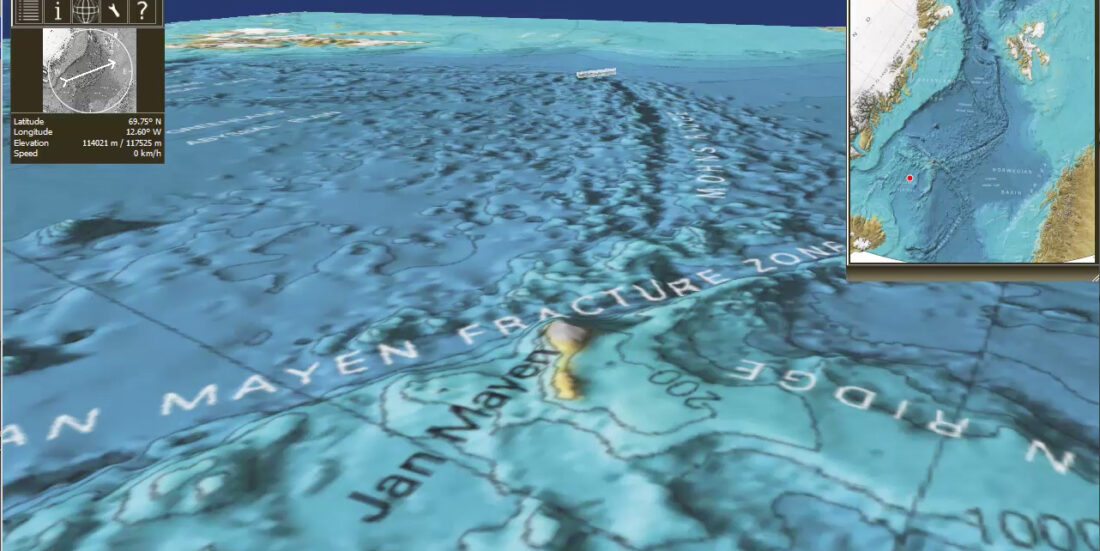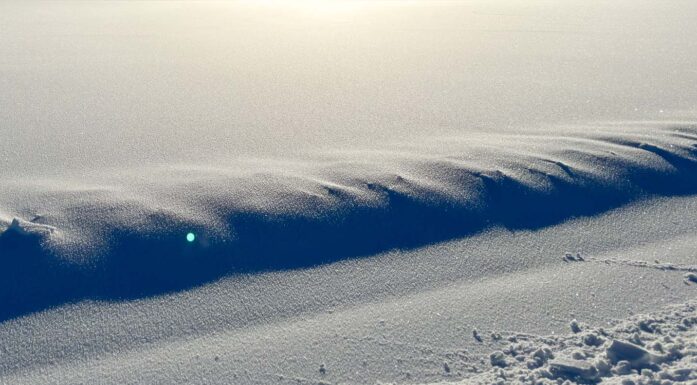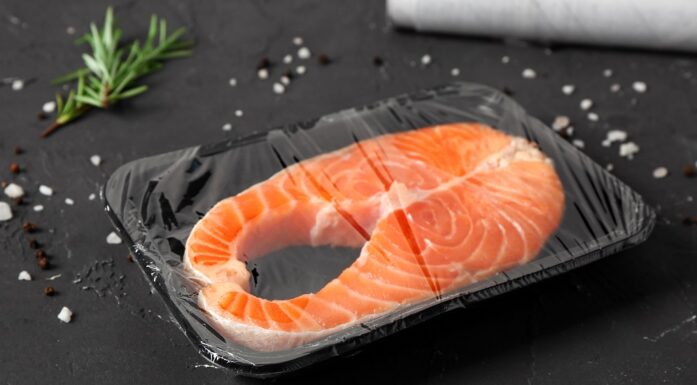Many valuable minerals on Norway’s seabed
Recent estimates indicate significant quantities of copper, zinc, silver and gold corresponding to a value of NOK 430 billion.
There are large deposits of metallic sulphides on the seabed within the Norwegian economic zone. Over the past year, NTNU researchers have worked to estimate values for the mineral deposits, and the estimates are NOK 430 billion. The upside potential, i.e. potential values, can be as much as NOK 1,000 billion. This corresponds to one fifth of the oil fund.
“These are startling and very interesting results,” said Ingvald Strømmen, Dean of NTNU’s Faculty of Engineering Science. Associate professor Steinar Ellefmo pointed out that the estimates are gross values before costs are calculated.
The area that the researchers have analysed is the northern part of the Mid-Atlantic Ridge. This is a submarine mountain range in the zone between the American and Eurasian continental plates. Volcanic activity takes place along this ridge, which has formed, among other things, Jan Mayen and Iceland.
Smoking chimneys underwater
Volcanic activity takes a special form on the ocean floor, called hydrothermal activity. Seawater seeps in through cracks in the seabed and penetrates several kilometers down towards the liquid magma in the centre of the Earth. The water is heated to 400 °C and pushed up towards the seabed again.

Black smokers form along the submarine ridges where the continental plates meet. Photo: National Oceanic and Atmospheric Administration
On the way up, the boiling water extracts minerals and metals from the surrounding rocks. When this is sprayed onto the seabed and comes into contact with the cold water, gold and silver, copper and cobalt, zinc and lead precipitate around the opening.
Here, distinctive formations are built up which have been named black smokers. The name derives from the black smoke that flows out of these underwater chimneys.
The new oil?
Although black smokers have been the subject of great interest and much research since the phenomenon was discovered in 1979 in the Galápagos Islands, the mineral and sulphide deposits on the seabed have so far been an untapped resource. Several countries have shown interest in trying to extract these undersea ores, and Canada is on the threshold of a trial project off Papua New Guinea.
In addition to purely technical challenges with great ocean depths, many countries face challenges with regard to rights in international ocean waters. As far as Norway and the resources along the mid-Atlantic ridge between Jan Mayen and Svalbard are concerned, these lie within the Norwegian economic zone.
“The significant size of the estimate provides a basis for continuing the project to strengthen knowledge about Norway’s marine mineral resources and about how these can be managed in a sustainable way,” Strømmen said.
Analysing the seabed
The estimates that are now published in a report are the result of a preliminary project under the auspices of NTNU and Nordic Ocean Resources AS (NORA). The purpose is initially to survey the status of marine mineral resources in Norway and establish priority areas for new research and development.
The estimates are based on several elements: Methodology that the Norwegian Petroleum Directorate uses in its mapping of potential oil and gas resources, bottom topography data from the Norwegian Natural Resources Agency, discoveries made by the University of Bergen as well as methods developed by Russian researchers.
“NTNU has carried out analyses and interpretations of underwater topography, structures and geology in order to uncover areas where the conditions are favourable for the formation of deposits of metal sulphides. We also carry out initial recovery trials and process mineralogical studies,” Ellefmo said.
Simulator with underwater terrain map
The information is fed into a geosimulator and digitally processed to create an undersea terrain map for mapping depths, topography and potentially interesting areas for mineral resources. The geosimulator was developed at Statoil and is used in many contexts. The seabed visualization here has been created by Bjørn Magnus Sæther.
NTNU’s Departments of Marine Technology, Geology and the AUR-Lab at NTNU are involved in the project. The preliminary project will end with a workshop in April 2014. It will lay the foundation for further work with mapping and research on marine minerals.
NTNU is also involved in the EU project Blue Mining. This project focuses on the entire value chain from the search for and assessment of undersea mineral resources to resource exploitation. The main goal is to develop new and innovative technologies that support this value chain.
You can read the preliminary draft of the report on Seabed massive sulphide (SMS) resource assessment within the Norwegian Economic Exclusive Zone (NEEZ) here.





